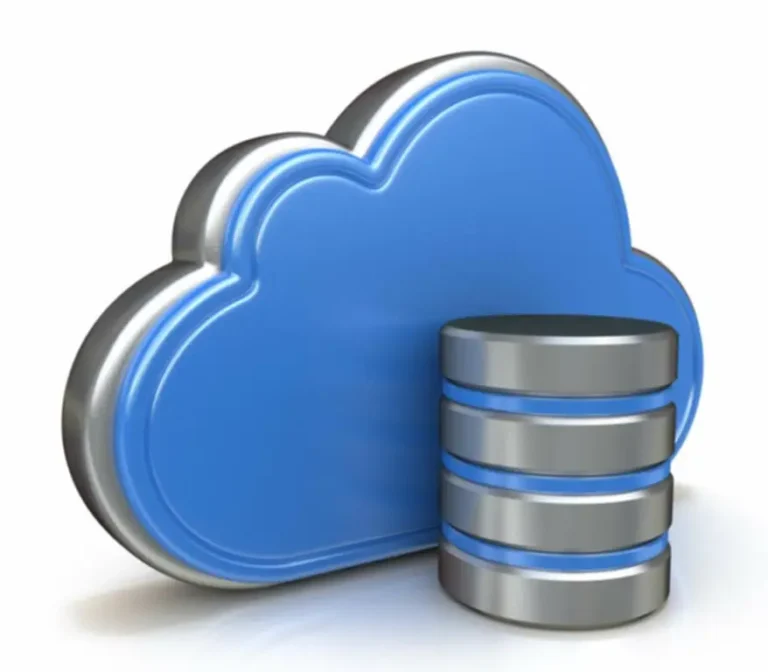Importance Of Jenkins In This Blog We Find Out About That : By Shubhangi Thakur
Die 12 Besten Zufälligen Video-chat-apps, Um Mit Fremden Zu Sprechen
November 21, 2024Der Kampf zwischen Leben und Tod: Mythos trifft auf moderne Geschichten
November 21, 2024Depending on the programming language by which the software program is being developed, various plugins are available to help the build process in Jenkins. Also, depending on the sort of whats jenkins deployment, various types of artifacts are versioned, created, and saved at predefined places. Jenkins integrates with Git repositories, where builders collaborate and commit code changes. Jenkins picks up these modifications to automatically start the build course of, which includes compilation, testing, and error reporting as a feedback loop to builders.
What Is Steady Integration And Continuous Delivery (ci/cd)?
If the tests move, the code may be built-in into the construct, which might equally be examined and instantly verified. CI was created to allow your staff to stop losing human time trying to manually resolve conflicting segments of new code, trigger builds, or run exams. Instead, it encourages adding AI in automotive industry small, incremental adjustments in code so you don’t find yourself with large, complicated bugs to fix.

Jenkins Master-slave Architecture
Thousands of add-ons may be integrated with Jenkins, they supply help for various kinds of construct, version control systems, automation, and more. It can be installed by way of native system packages, Docker, or be run by any machine with a Java surroundings installed. PluginsA nice deal of customization is possible because of the hundreds of plugins that are obtainable. The plugins could be integrated with growth and testing tools and the architecture could be personalized to accommodate several uses by the builders. Jenkins In DevOps further helps builders systematically combine changes into the software program supply course of.

Step Three: Configure Pipeline Choices
It helps you incorporate authentication and reliability early on, stopping post-deployment surprises. You leverage a better diploma of automation to enable frequent, secure, and predictable software program releases. Jenkins and other CI servers might verify code to extend test coverage.
Steps To Install Jenkins (using Jenkins Installer) On Home Windows 10
Jenkinsfile can be dedicated to the source control repository of the project. With Jenkinsfile, the CD Pipeline can additionally be handled as part of the appliance that is versioned, dedicated, and reviewed like any other piece of code. The Pipeline also offers a set of tools which are helpful for modeling simple in addition to complicated delivery pipelines ‘as code’ by way of ‘Pipeline Domain-Specific Language (DSL)’ syntax. Pipeline in Jenkins is a group of jobs (or events) that are interlinked in a particular sequence. Jenkins Pipeline is a set or suite of plugins that provides assist for implementation and integration of Continuous Delivery pipelines into Jenkins. As developers keep pushing code, Jenkins Agents can run different builds variations of the code for different platforms.
Jenkins, a popular automation server, provides key options for environment friendly software improvement. It provides continuous integration and supply, extensibility through plugins, simple configuration via a web interface, distributed build help, and strong error dealing with. Jenkins permits groups to automate their build, check, and deployment processes successfully. Jenkins is an open-source automation platform used to implement continuous integration and continuous delivery (CI/CD) processes.
The whole supply code can be checked for errors – a time-consuming and difficult endeavor. Multiple builders would every send commits to version control, increasing the time required to determine and fix bugs. There was no iterative code improvement, and the software program supply course of was sluggish.
Of course, to understand the advantages of a DevOps framework, it needs to be applied effectively. For example, Continuous Integration (CI) and Continuous Delivery (CD) are each thought of to be integral to any DevOps mannequin. Continuous Deployment means automating the additional phases of the pipeline mechanically or manually deploying the application/code to completely different environments like Dev, Test, and Production. Automating the construct is the main element of Continuous Integration and Continuous Deployment. Jenkins plugins present a wide range of options throughout all of the phases of the pipeline and platform management.
Jenkins can also be resource-intensive, leading to sluggish builds, and it may have safety vulnerabilities if not correctly configured. A job represents a predefined set of actions carried out by the pipeline in a specific order. For instance, the construct course of entails a quantity of jobs — construct, take a look at, push, etc. — which are the constructing blocks of a Jenkins pipeline. In Jenkins, jobs settle for numerous parameter inputs, and you can outline advanced workflows utilizing them. Agents are the infrastructure elements leveraged by Jenkins to execute the pipeline jobs. A pipeline run needs compute assets to run the scripts and commands specified in the execution steps.
- Each and each build that passed all automated checks and was capable of be fully automated and delivered into production only required one click on of human intervention is called Continuous Delivery.
- I am fairly sure you all have used Nokia telephones at some point in your life.
- It provides Git repository management by way of its steady integration and deployment pipelines, wikis, exercise feeds, and issue-tracking features.
In this system, every change that is validated at the computerized testing stage is later carried out on the manufacturing stage. The primary aim in continuous delivery is to make deployments predictable as routine actions that could be achieved upon request. To achieve success, the code needs to at all times be in a deployable state even when there is a scenario with lots of developers working and making changes on a every day basis. All of the code progress and modifications are delivered in a nonstop means with top quality and low dangers.
Your group can write more complex checks to cover different bases as nicely, together with unit, integration, stress, regression testing, and so forth. CI is run on a shared server that increases visibility, so all of the engineers on a project are conscious of adjustments within the base code day in and time out. In addition, you possibly can configure the server to alert builders once they submit failing code so that they can fix any errors they introduce. Jenkins supports the Groovy scripting language for workflow scripting. Teams can therefore leverage the power and adaptability of Groovy to script their workflows. It supplies a user-friendly interface for scripting workflows, making the method straightforward even for individuals who have to be more expert in Groovy.
Each and every construct that handed all automated checks and was able to be absolutely automated and delivered into manufacturing solely required one click of human intervention is known as Continuous Delivery. Jenkins Continuous integration means each time new code is dedicated to distant repositories like GitHub, GitLab, and so on. Continuous Integration (CI) will repeatedly build, tested, and merged right into a shared repository. Jenkins may be configured to run an preliminary suite of unit tests to make sure that the commit did not “break the build”.

Jenkins is a self-contained Java program that is agnostic of the platform on which it’s installed. It is on the market for nearly all the popular working methods corresponding to Windows, different flavors of Unix, and Mac OS. Though Hudson and Jenkins have been being developed independently, Jenkins acquired significantly extra projects & contributors than Hudson. Jenkins has an early mover advantage because it has been in growth since 2011.
Workflow scripting in Jenkins may help teams script and standardize workflows. This ensures that each supply process is constant and predictable. Continuous Integration is crucial a part of DevOps that’s used to integrate varied DevOps stages. Jenkins is essentially the most famous Continuous Integration tool, I know you would possibly be curious to know the reason behind the popularity of Jenkins, and if Jenkins is straightforward to learn.
It helps bootstrapping onto your chosen cloud, which is essential for a hybrid setup. Some steps can be used alongside other steps to make it simpler to handle points corresponding to retrying steps or timing out. A timeout step determines when Jenkins ought to exit an unsuccessfully retried step. Plugins are community-developed modules you’ll have the ability to set up on a Jenkins server.
Transform Your Business With AI Software Development Solutions https://www.globalcloudteam.com/ — be successful, be the first!
